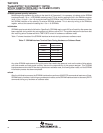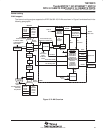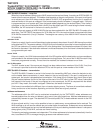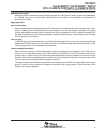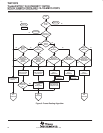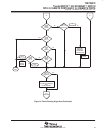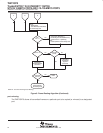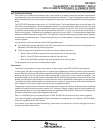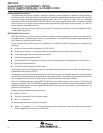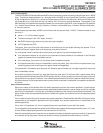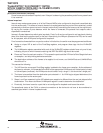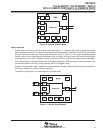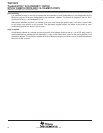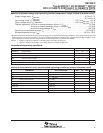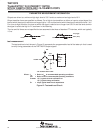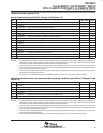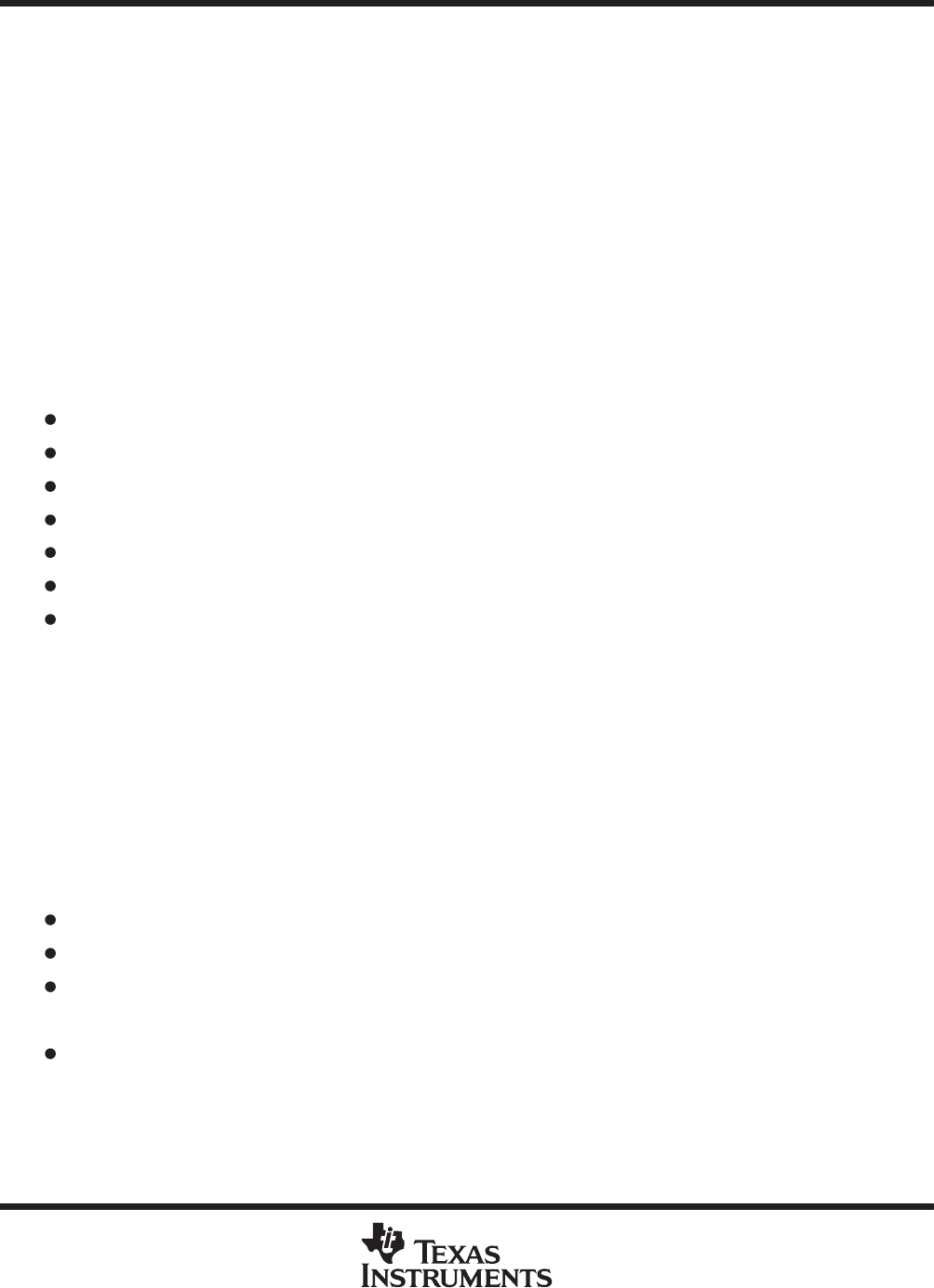
TNETX3270
ThunderSWITCH 24/3 ETHERNET SWITCH
WITH 24 10-MBIT/S PORTS AND 3 10-/100-MBIT/S PORTS
SPWS043B – NOVEMBER 1997 – REVISED APRIL 1999
46
POST OFFICE BOX 655303 • DALLAS, TEXAS 75265
collision-based flow control
Collision-based flow control provides a means of preventing frame reception for ports that are operating in
half-duplex mode. While the number of free buffers is fewer than the specified threshold, ports in this state that
are not currently transmitting generate collisions when they start to receive a frame. The jam sequence
transmitted (55.55.55.55.55.55.55.5D.DD.DD.DD.DD (hex) starts approximately when the source address
starts to receive. Port 8 begins jam sequence after approximately eight bytes of payload data (i.e., after the
source address) have been received.
These forced collisions are not limited to a maximum of 16 consecutive collisions, and are independent of the
normal backoff algorithm.
IEEE Std 802.3 flow control
IEEE Std 802.3X flow control provides a means of reducing network congestion on ports that are operating in
full duplex mode, via special pause frames. It is symmetrical, so that devices that transmit pause frames also
must respond to received pause frames.
Pause frames and their behavior are fully described in the IEEE Std 802.3X standard, but in essence they
comprise:
48-bit multicast destination address 01.80.C2.00.00.01
48-bit source address – is read from the Devnode register when transmitted by this device.
16-bit length/type field, containing the value 88.08
16-bit pause opcode equal to 00.01
16-bit pausetime. This specifies a nonzero number of pausequanta. A pausequantum is 512 bit times.
Padding as required/desired
32-bit frame-check sequence (CRC word)
All quantities above are hexadecimal and are transmitted most significant byte first. Within the byte they are
transmitted least significant bit first.
The padding is required to fill out the frame to a minimum of 64 bytes. The standard allows pause frames longer
than 64 bytes to be discarded or interpreted as valid pause frames. This device recognizes any pause frame
that is between 64 bytes and 1531 bytes long. It always transmits 64-byte pause frames.
Each 10-/100-Mbit/s port can request IEEE Std 802.3X pause-frame support via the reqnp (= 0) bit within its
Portxcontrol register. The 100-/1000-Mbit/s port has independent control for transmission and reception of IEEE
Std 802.3X pause frames, and can request IEEE Std 802.3X flow control via the reqntxp (= 0) and reqnrxp (= 0)
bits within its Portxcontrol.
Outgoing pause frames are issued only when:
pause (10/100) = 1
The port is operating in the full-duplex mode.
flow = 1 in Syscontrol
Incoming pause frames are acted on only when:
pause = 1 or pausetx = 1 (i.e., incoming pause frames are recognized in both full-duplex and half-duplex
modes, regardless of the value of the flow bit)



